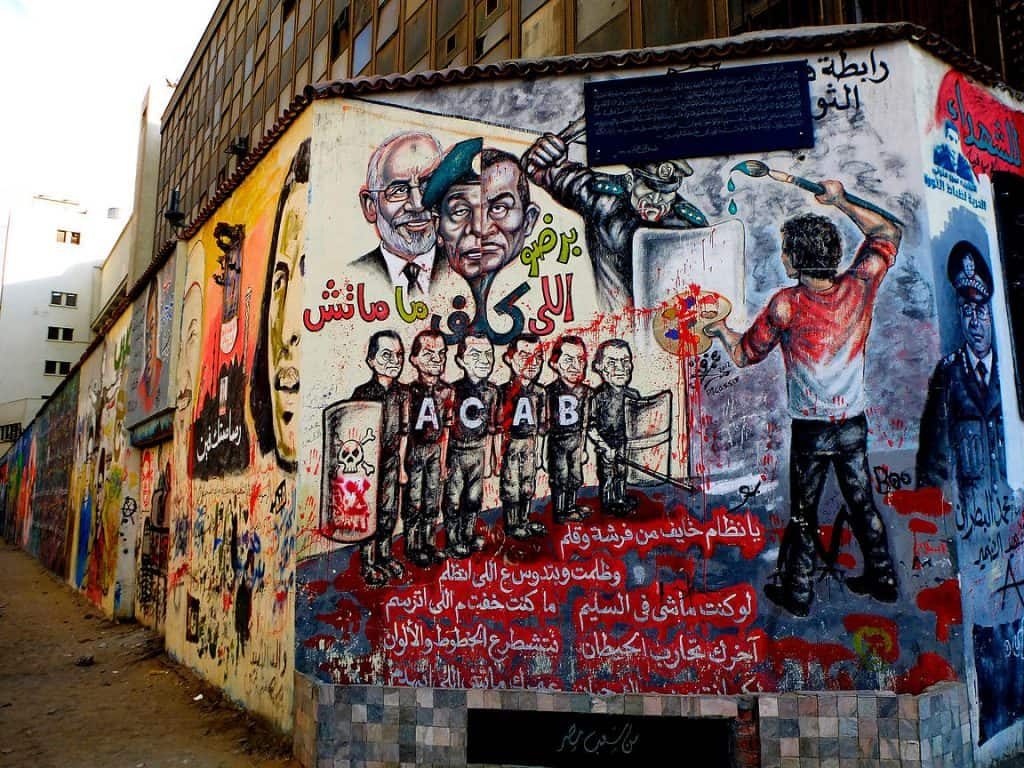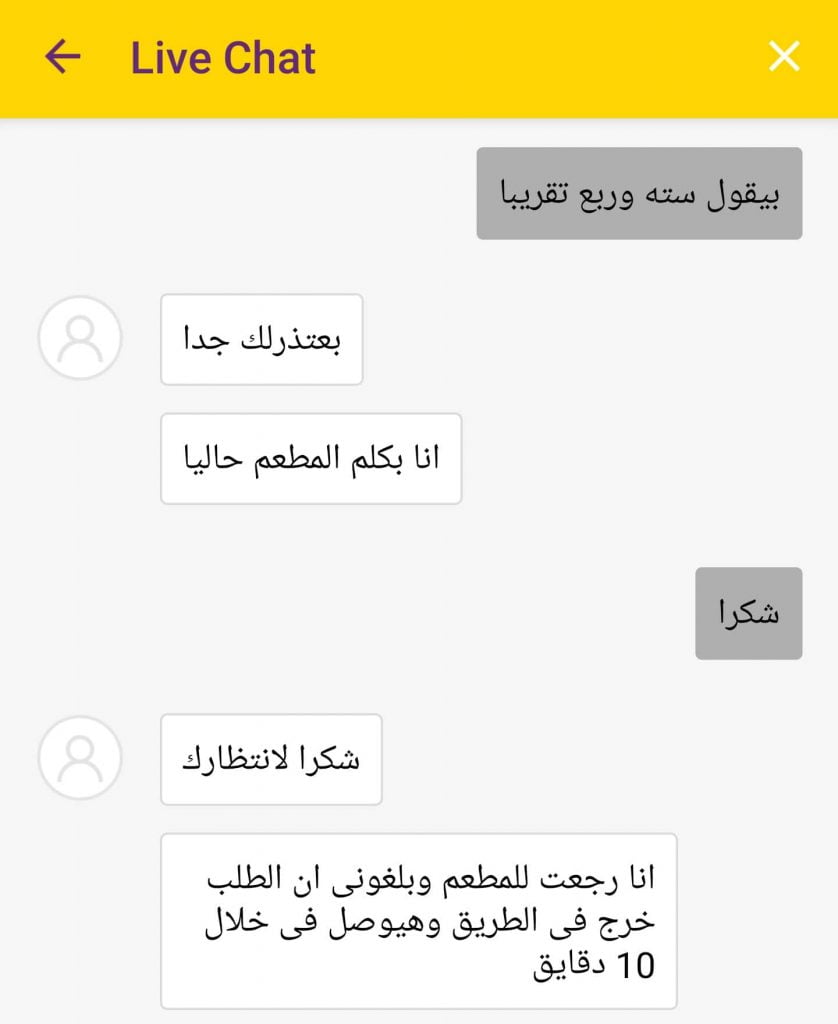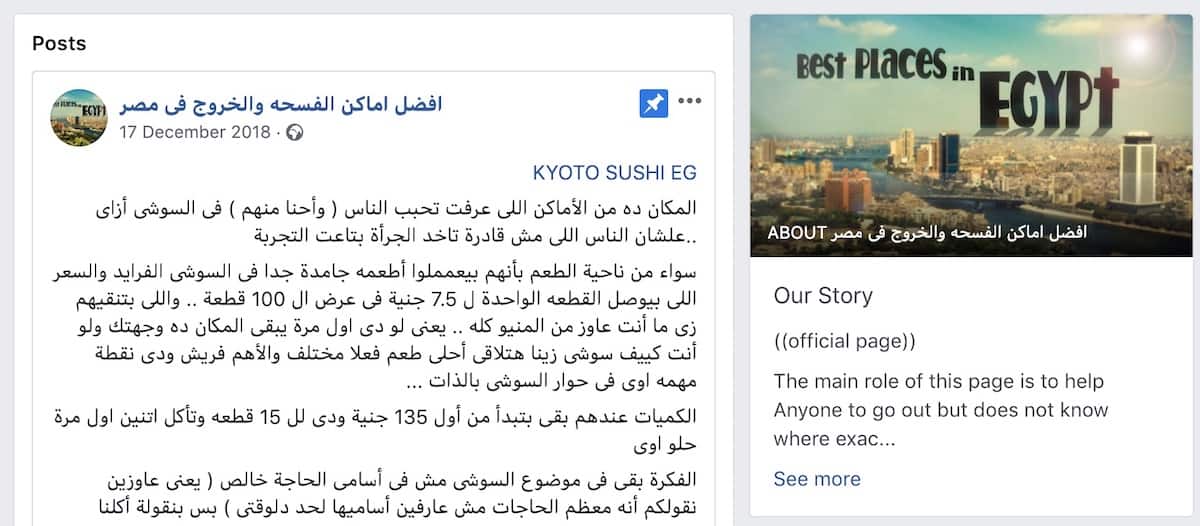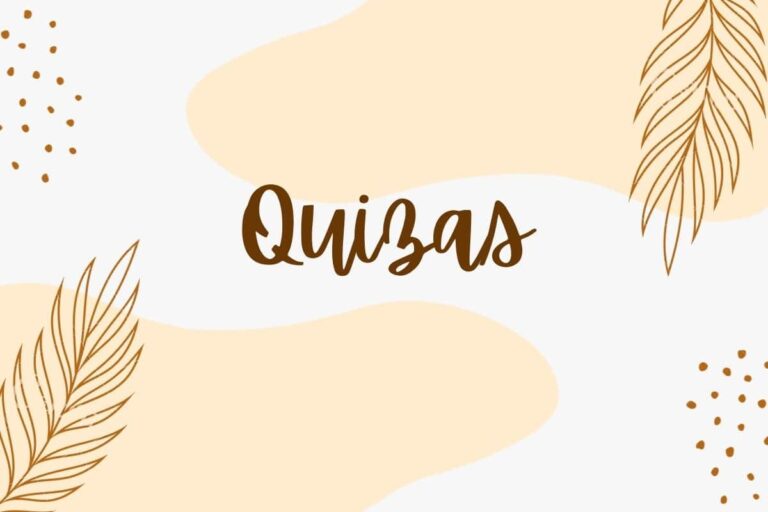Written Egyptian Arabic in the Wild — Three Places to See It
“There’s no standardised written Egyptian Arabic,” claim my teachers and people in Egypt.
We hear this often, alongside a claim that if we see written Arabic, it’s Modern Standard Arabic (MSA).
This is wrong! People write Egyptian Arabic — and other dialects — all the time!
It’s a claim we often came across when researching whether to learn an Arabic dialect or Modern Standard Arabic.
On the one hand, being told there’s no written form of the language was a relief. It reduced pressure on us to learn to read and write, beyond what we’d need for street signs, food packaging and untranslated menus.

On the other hand, we wondered… is this true? Do people really not read and write Egyptian Arabic?
- How would people text each other? How would they email?
- How do people graffiti?
- Are people really defaulting to MSA, despite conflicting reports that generally people don’t speak MSA well either?
- Are people using romanised script?
It turned out, of course, that people write Egyptian Arabic all the time using an Arabic alphabet and only occasionally romanisation. And while it’s not as standardised as MSA, it’s still standard enough where any two people from Cairo will write the same spoken sentence the same way in Arabic script.
Let’s go through a few FAQs about written Egyptian Arabic.
Contents
What makes it hard to write Egyptian Arabic?
Egyptian Arabic — like all Arabic dialects — is mostly based on Modern Standard Arabic (MSA), but modified and simplified, and with a whole bunch of new vocabulary thrown in.
The largest problem with writing Egyptian Arabic is there’s no standard governing body. This means that there’s no authority to say how to write one word, like for example “therefore”. It exists in at least a couple of forms, spelled the way people say it.
It’s a bit like how in Australian English, which is a dialect in which I’m fluent and Jo is conversant, there’s no standard way to abbreviate the word “casual” in written form. I know what it sounds like. But is it “cas”? “caj”? “caszh”? Nothing looks right.
The second problem is that because short vowels aren’t usually written in Arabic, it’s harder to represent the pronunciation of colloquial and imported words. At least in MSA there are rigid rules about how each standard Arabic word is pronounced. In Egyptian Arabic, you just have to know.
The third problem is that vowels exist in Egyptian Arabic that do not exist in MSA. Standard Arabic has just six vowels — long and short a, i and u. Egyptian Arabic has eight, and they can even vary between different speakers.
For example, the ‘ae’ sound, which gets even harder to distinguish when it’s got a long ‘a’ or ‘e’ in it. This results in the Egyptian Arabic words for bread (“3aesh”) and living (“3aeesh”) sound quite similar. Some would argue that bread is synonymous with life, and they’d be right. But still, it made someone laugh when I told them “I used to be bread in Australia”. I guess I did look a little doughier. 🥁😂
Where Do you See Written Egyptian Arabic?
We see written Egyptian Arabic everywhere.
The first sign that something is Egyptian Arabic rather than MSA is that we understand it! Our vocabulary is mostly Egyptian rather than MSA.
The second sign is a different word for something very common, like “bread”. We know where we should see the word “bread”. If someone told you “This is a sourdough loaf of khubiz” you’d say “hmm, that must mean bread”. That’s what happens when we see an MSA word.
Egyptian Arabic Menus
Many menus, especially those in local street eateries, are in written Egyptian Arabic.
Some people (including some of my teachers) claim that menus are all in MSA. This is plainly wrong. Some words that are Egyptian Arabic but which find their way into menus all the time (even with my paltry menu vocab)
- firaakh (فراخ) for chicken, vs dijaaj (دجاج) in MSA. I know this well. We eat a lot of chicken.
- aeysh (عيش) for bread, vs khubiz (خبز) in MSA. The latter word is used elsewhere in the Middle East.
- labna (لبنة) for milk, vs haleeb (حليب) in MSA.
(See here for our analysis of reading Egyptian Arabic menus 80-20 style.)
It could be that we’re eating too much chicken and bread and that’s how we know this too well, but it was all in the name of research, I promise.
It’s actually a little confusing when menus have MSA on them. We read the menus, then try to order off them, using words that nobody actually uses very often. It’s like ordering “I’ll have a fraction of pheasant with some pommes frites, my old chap” when we’re supposed to say “I’ll have some chicken and chips, please”. What we’re actually supposed to do is read the MSA word, translate it to local language and then use the local word. I mean c’mon!! We’re reading Arabic and that’s still not enough?
Text messages in Egyptian Arabic
People text in written Egyptian Arabic using Arabic letters.
See the below Egyptian Arabic text message for example between me and my customer service agent with whom I was in contact trying to figure out where my delivery of kofta was.

Now, this was a slightly formal interaction. So it contains a lot of elements of Modern Standard Arabic. Like the word used for apologizing is the one used in MSA. But it is conjugated colloquially — the conjugation uses the b- prefix, like “بعتذر” for “I apologize”, which in MSA should be “أعتذر”, without the prefix.
I don’t text much in Arabic, but when I do, I don’t use MSA often (well, my MSA is terrible), and try to use written Egyptian Arabic.
On whether people use romanisation when texting in Egyptian Arabic: Sometimes, but it has decreased a lot.
A while ago, before everyone had smartphones or even Arabic keyboard on computers, people used to use romanisation a lot more. People would use letters to represent sounds not present in English, like for the hard h (7), kh (5) and t (6) sounds, for example.
So a sentence for “I like eating chicken and chips” in written Egyptian Arabic but using romanisation would look like “ana ba7ibb aakul firaa5 ma3 ba6a6i9”. (Thankfully, this period of writing is over!)
These days, people write Egyptian Arabic either using Arabic script, or just lean into phonetics and assume the other person will figure it out. The above would look more like “ana bahibb aakul firakh ma’ bataatis” (or a variation).
Egyptian Arabic Social Media
Finally, people write Egyptian Arabic in social media. This is from a group called Best Places in Egypt, which has 2M members:

This image above is as colloquial written Egyptian Arabic as it comes. The second word is “ده”, the Egyptian Arabic word for “this”. Lots of other colloquialisms follow.
Where else is Egyptian Arabic written?
If you’re looking to read Egyptian Arabic, you only need look as far as magazines and song lyrics for a constant stream of colloquial language.
Books and plays are other resources, but they’re not as dynamically written.






